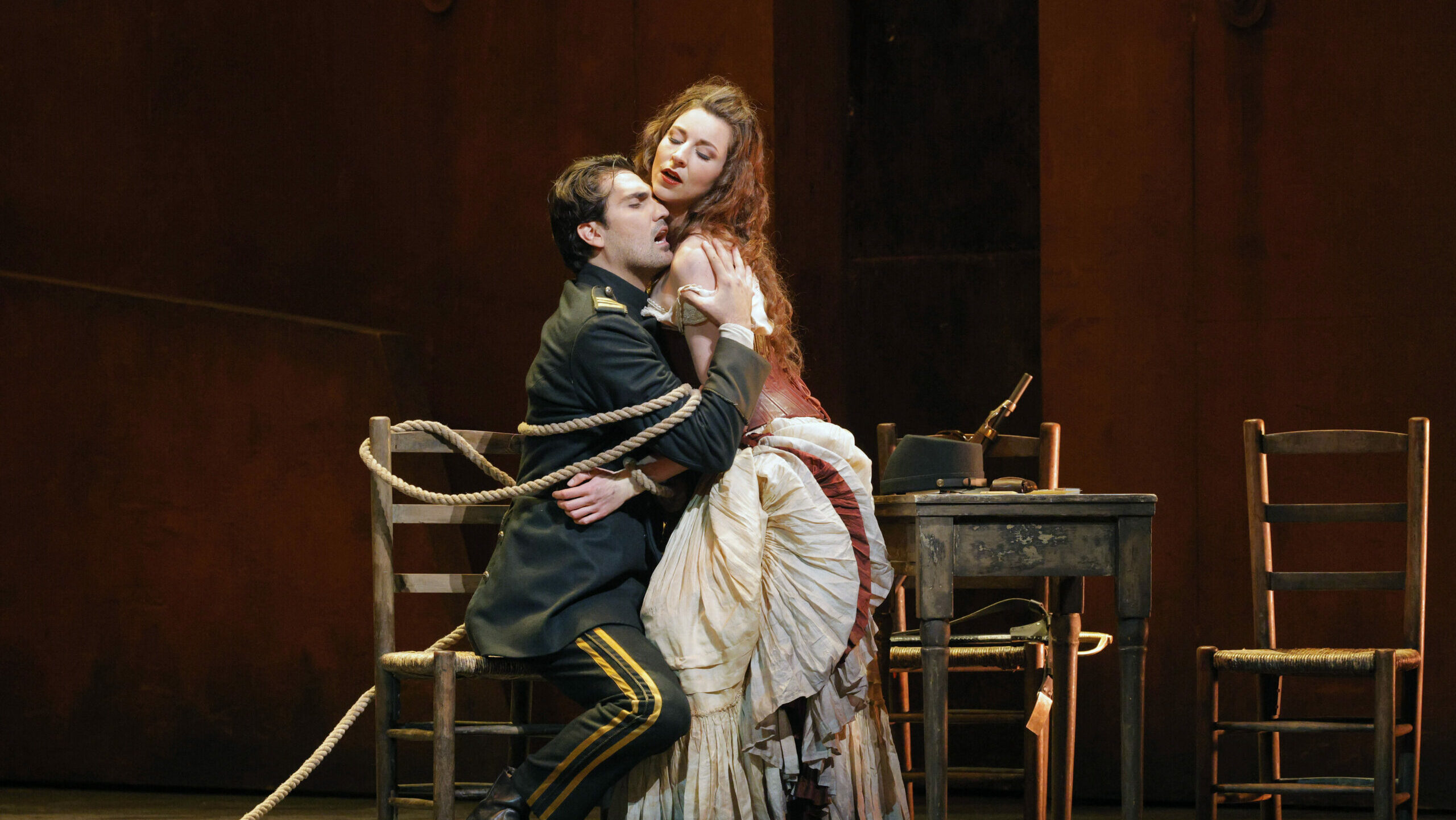
Meredith Monk’s Indra’s Net premiered at The Park Avenue Armory on Monday, September 23rd. The performance featured an empty stage with a giant white ball hovering upstage center. The performers danced and sang in vibrant pools of light, often with dazzling visual effects of webs or foliage projected onto the ball and the performers simultaneously. The Armory’s press release describes the performance as “an interplay of music, movement, video, and architecture to embody celestial, earthly, and human realms, affirming life and a sense of connection to each other and the world around us.”
Indra’s Net is a concept originating in ancient Hindu scripture known as the Vedas. Indra is the god of the skies and of weather and his “net” is an infinite net stretched across the universe, with jewels placed in each eye of the net where each jewel reflects all the other jewels. In some schools of Hindu and Buddhist thought the net is a metaphor for both emptiness and the interdependence of all things.
Meredith Monk and her vocal ensemble are charming and engaging performers. Watching them communicate through Monk’s extended vocal technique, bright eyed and giddy, with the dramatic audio-visual installations looming over them, was pleasantly otherworldly. It was like watching a religious ritual performed by aliens. The musical arrangements and instrumentalists were, overall, excellent. The audio-visual installations were perhaps the stars of this show. Their delicate nets, the powerful blues and reds washing the stage, put me in mind of the second act of Phelim McDermott’s production of Akhnaten.
My mind, however, was never quite able to plug into the overall concept. I drifted throughout the show, musing on who was in the audience and who the show was geared towards. As is usual in Manhattan, particularly when the tickets are over $100, one gazes towards the stage across an ocean of grey heads (mine included). At Indra’s Net, audience members audibly emoted as they watched, “huhing” and “hmming” and laughing with an exaggerated sincerity that could not have come from anyone born after 1980. The show, with its high production values and ever so abstract and high-minded Vedic metaphor, presents a nominally innovative performance that points at the avant garde but never quite ventures into challenging territory.
Monk and her ensemble were adorable, especially the octogenarians singing and dancing and really enjoying themselves as they weaved up and down in voluminous white bloomers or made music by clacking their molars together. Like the jewels of Indra’s Net, the ensemble members each pointed at the others, reflecting one another, beaming and glinting in each other’s light. Beautiful and free as they were, their effect on me was less than liberating. I felt uncomfortably ensnared by Indra’s Net. I felt like the child of aging hippies, watching mom and dad primal scream and ecstatic dance and self-express all over the living room, while I stomp my feet in the corner and wail “but what about my needs!”
Here was a spiritual exercise without any spiritual content or cultural context. The show overall was neither engaging nor offensive. It was not appropriative. It was not without moments of genuine strangeness. The audio-visual presentations were dazzlingly pretty. But I’ve seen this show. I’ve seen it imitated both badly and well by students and amateurs and professionals alike. I don’t even especially dislike this show. Nevertheless, it made me long to escape, like Stephen Daedalus, from the nightmare of history. I get it. I got it the first time. I think we’re ready for something else and Indra’s Net begs the question, what’s next?
Photos: Maria Baranova
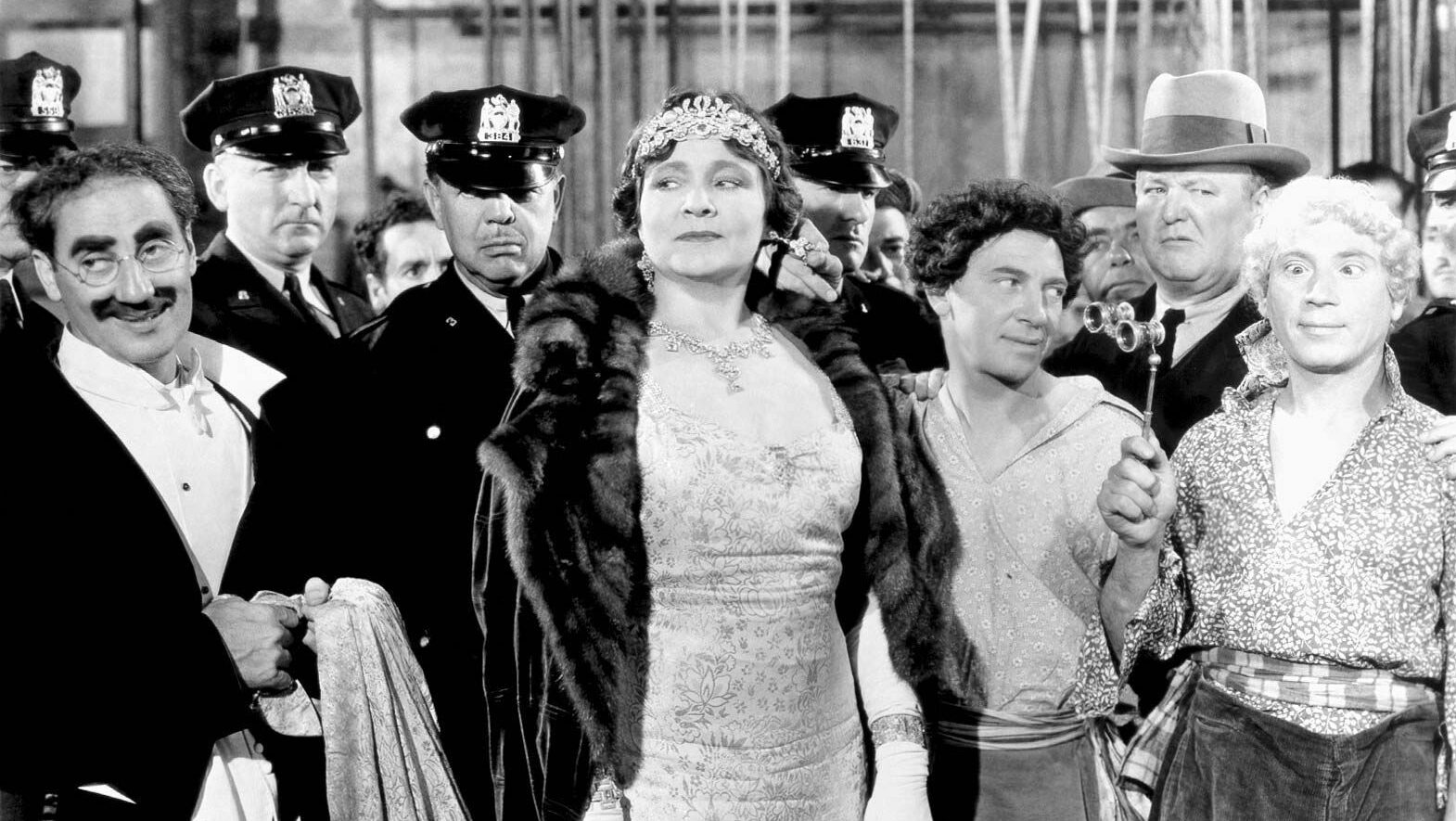
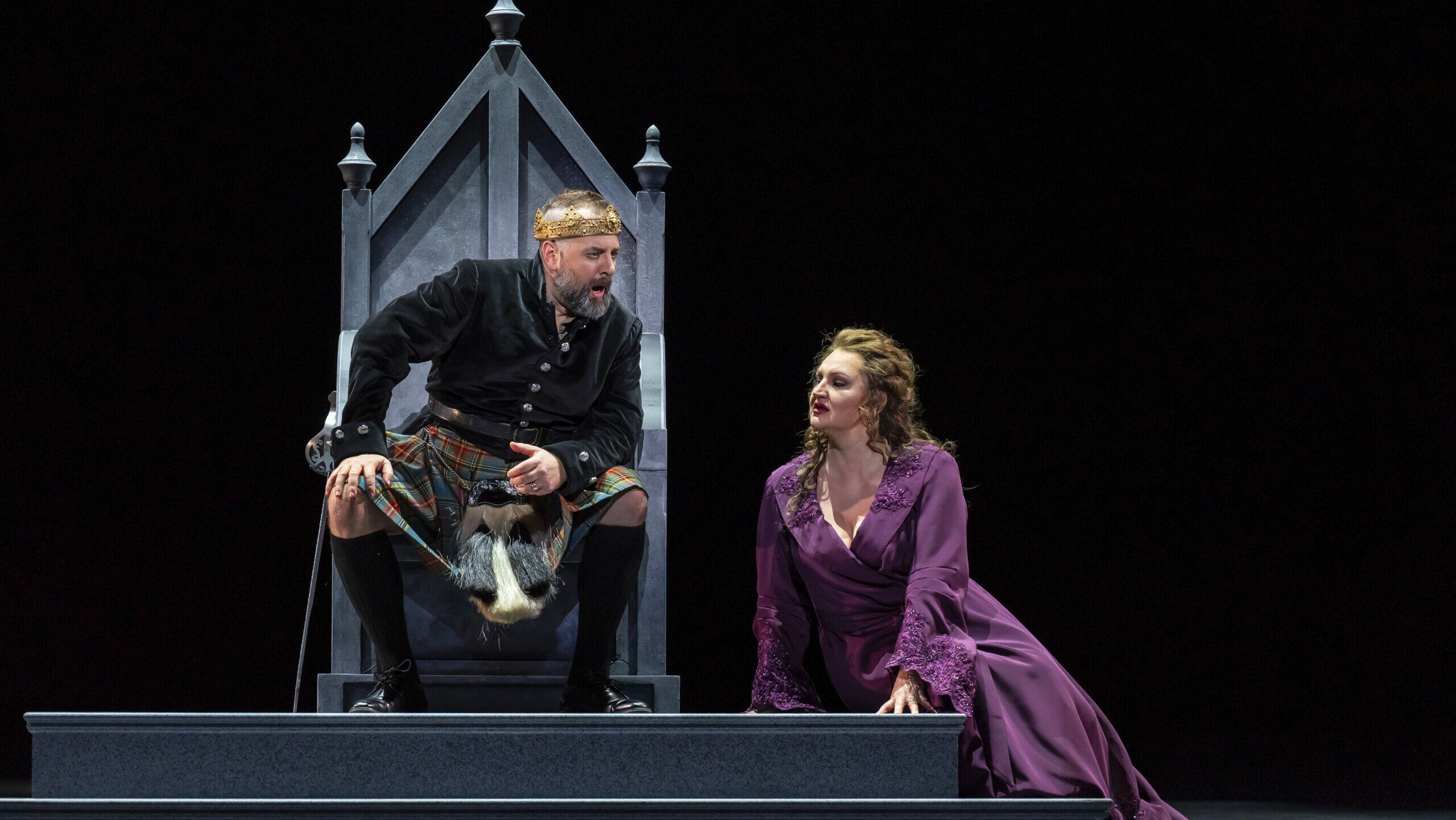
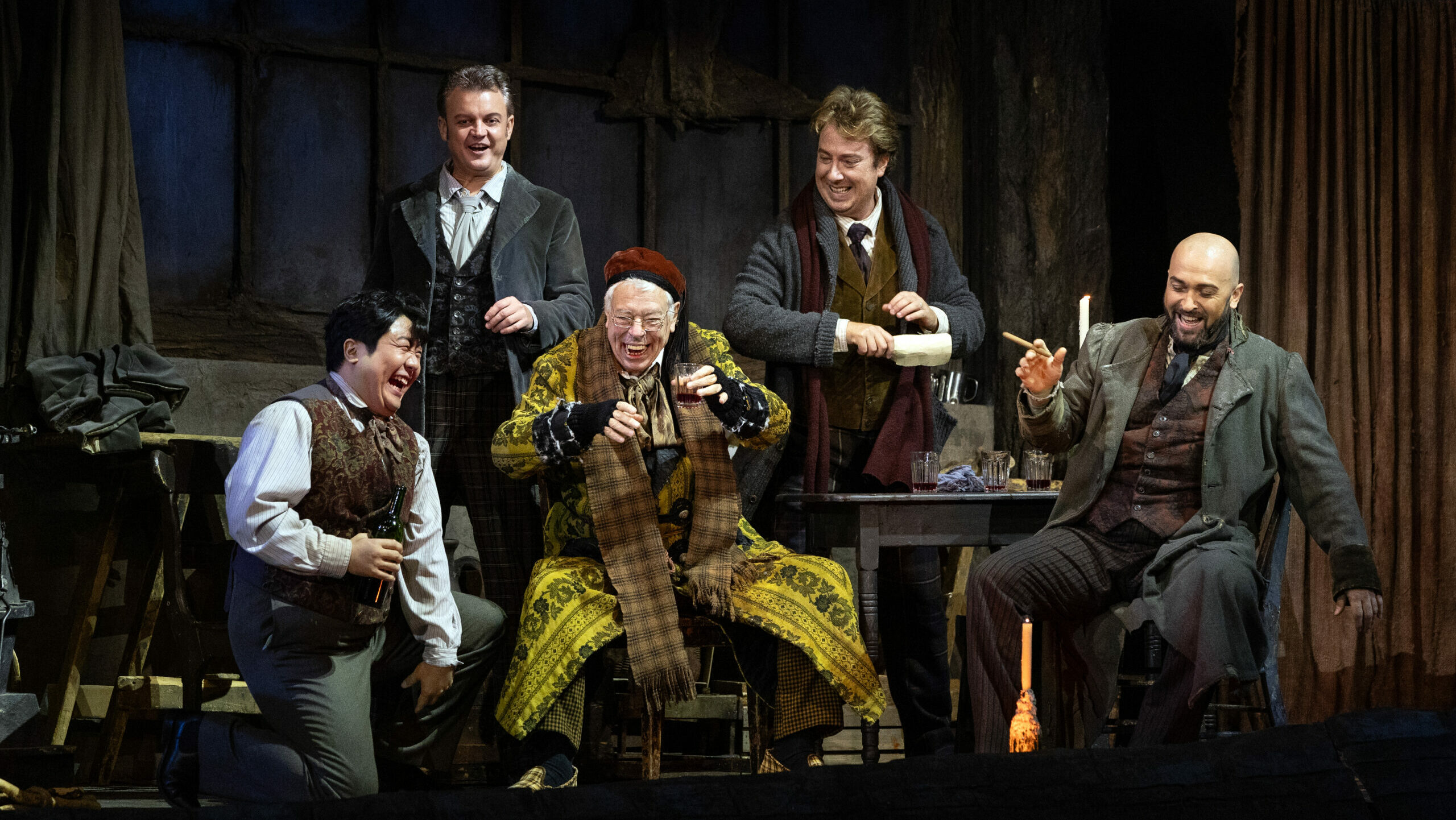
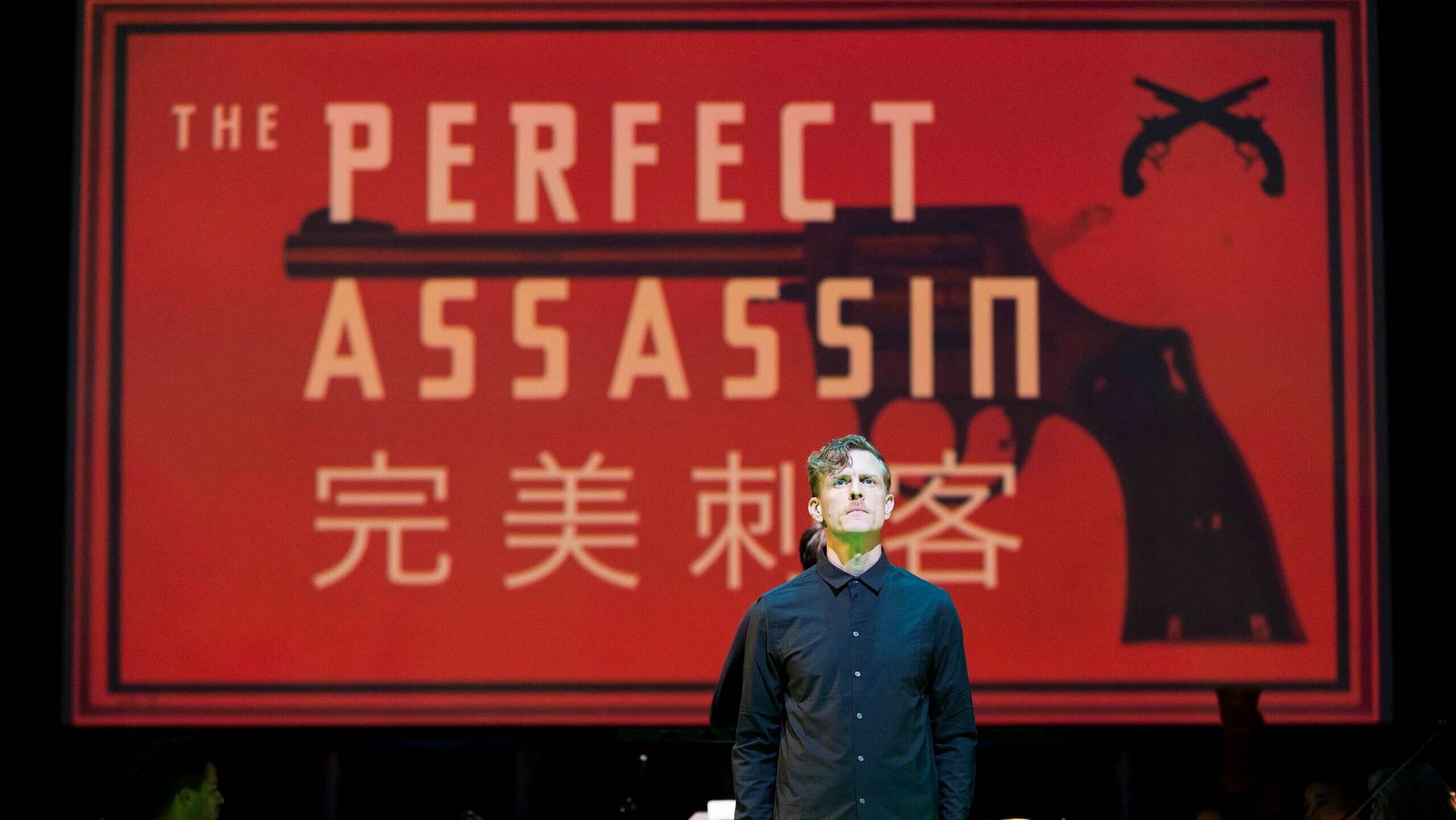
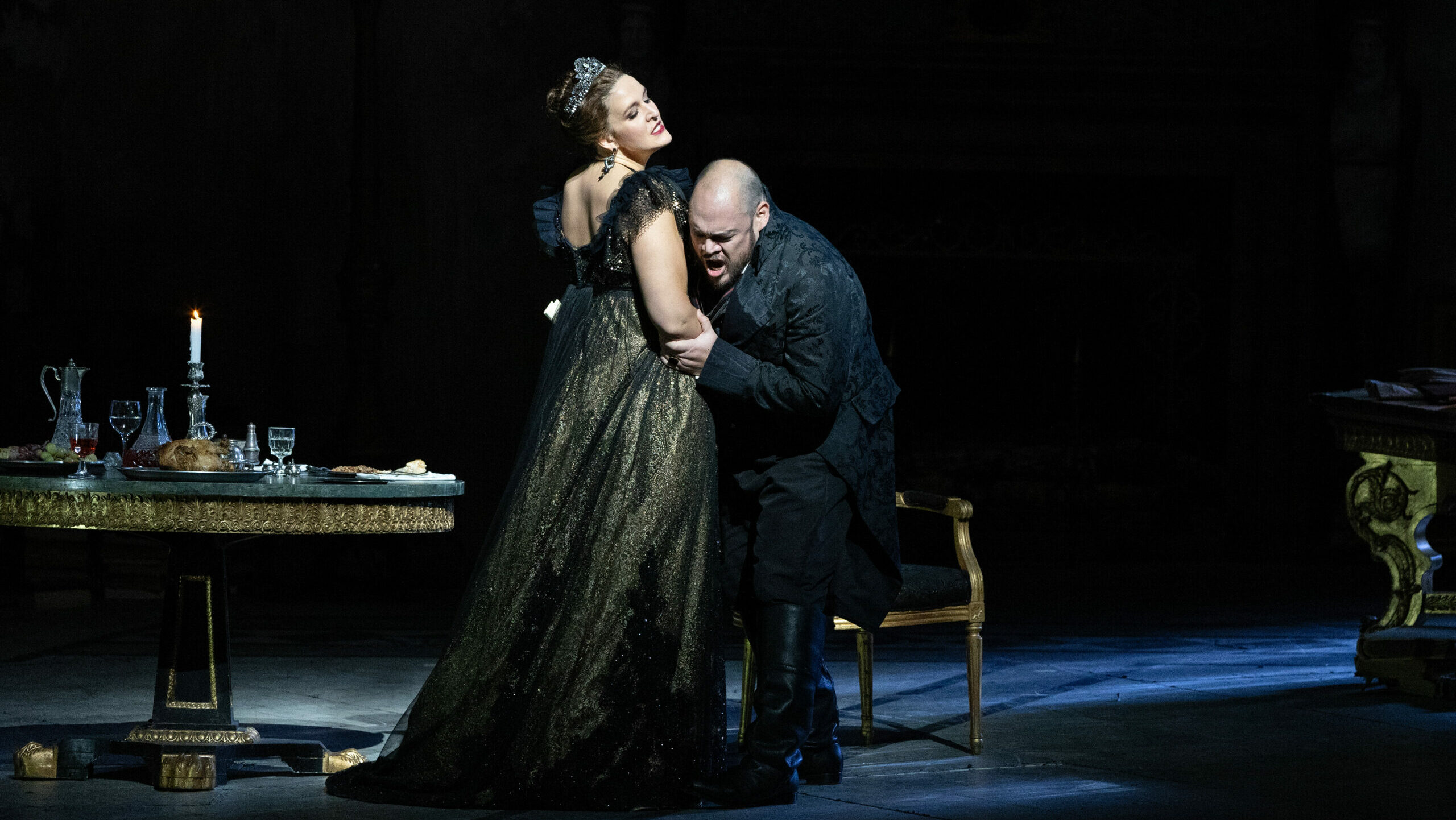
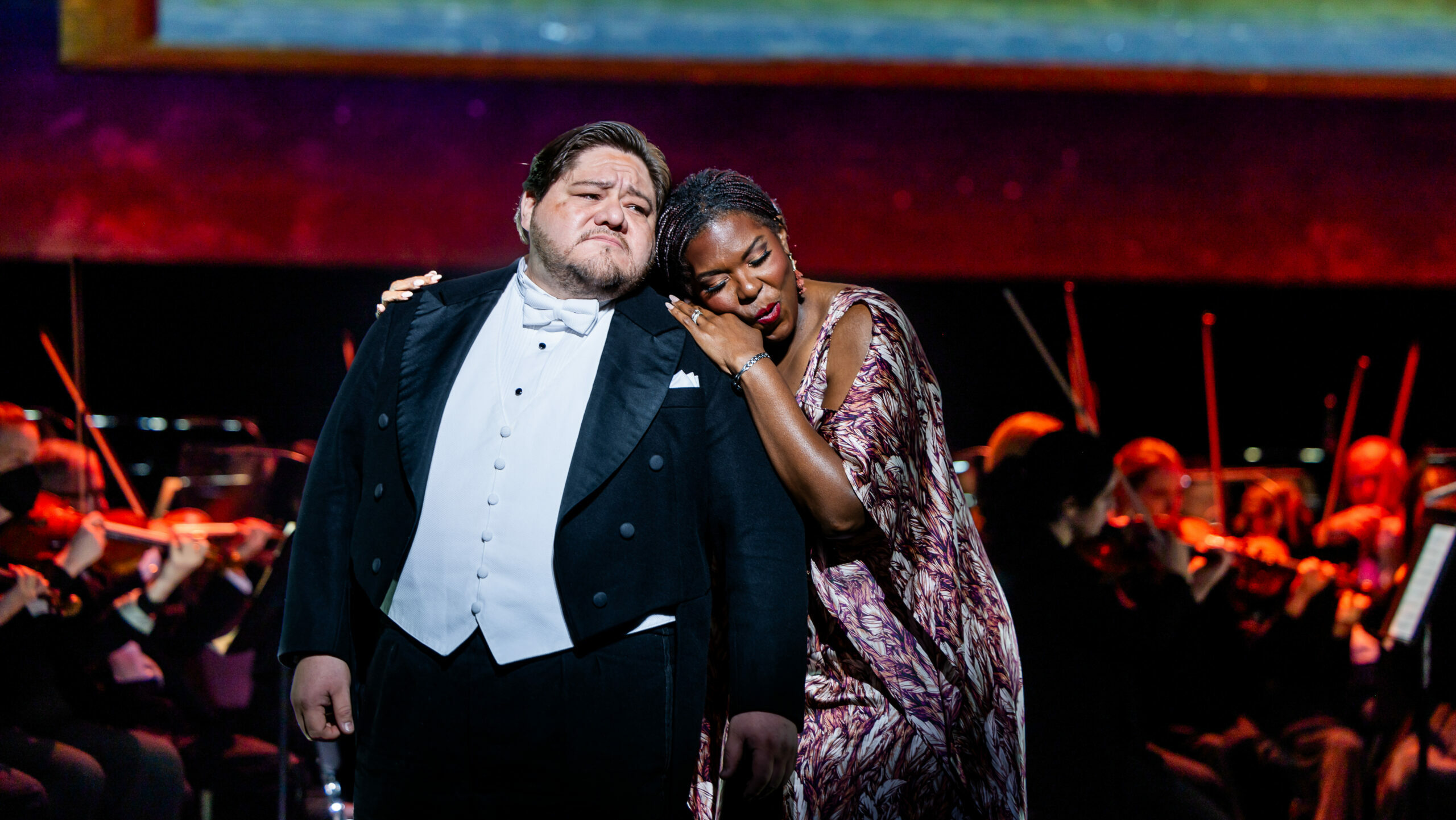

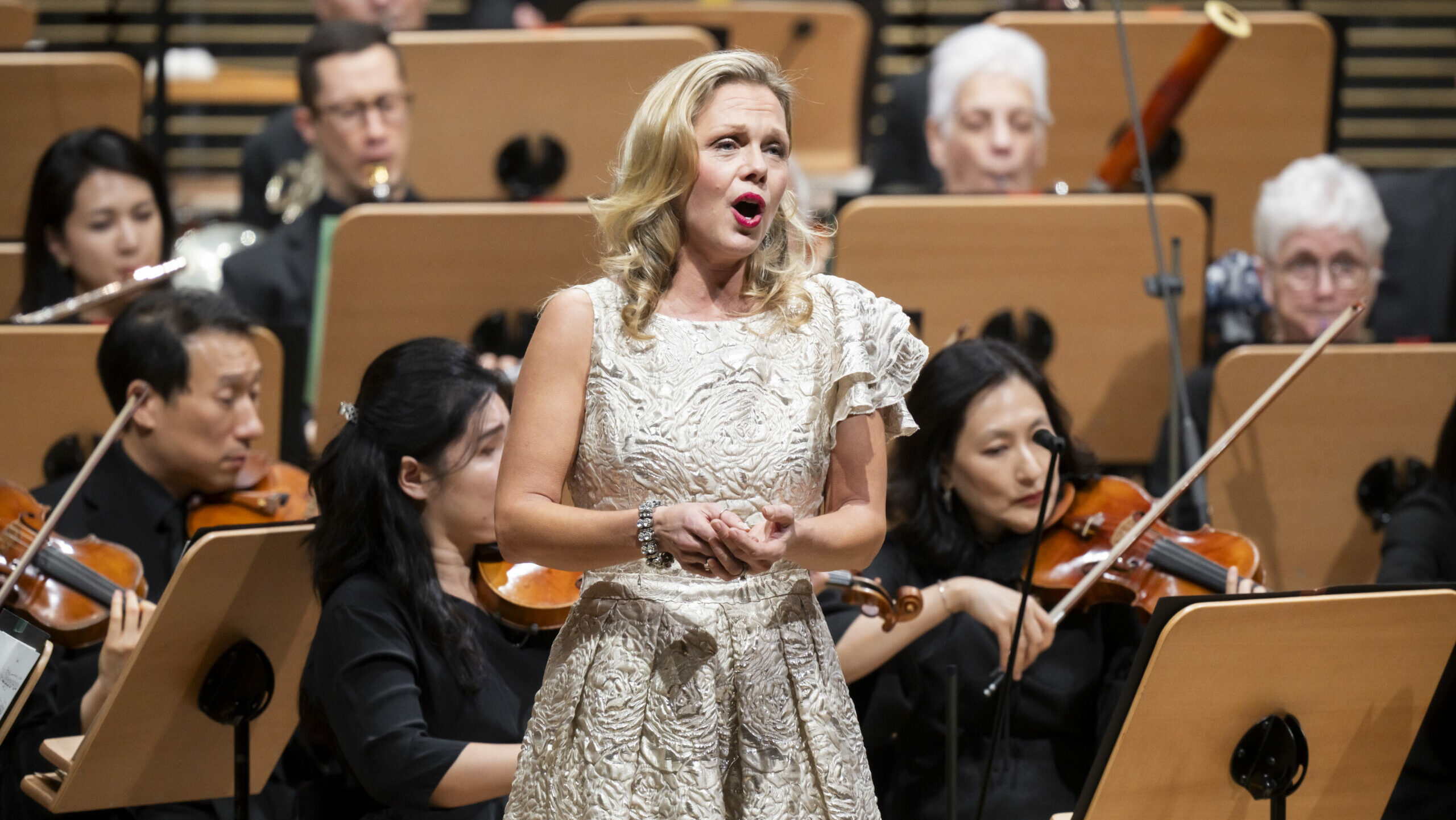
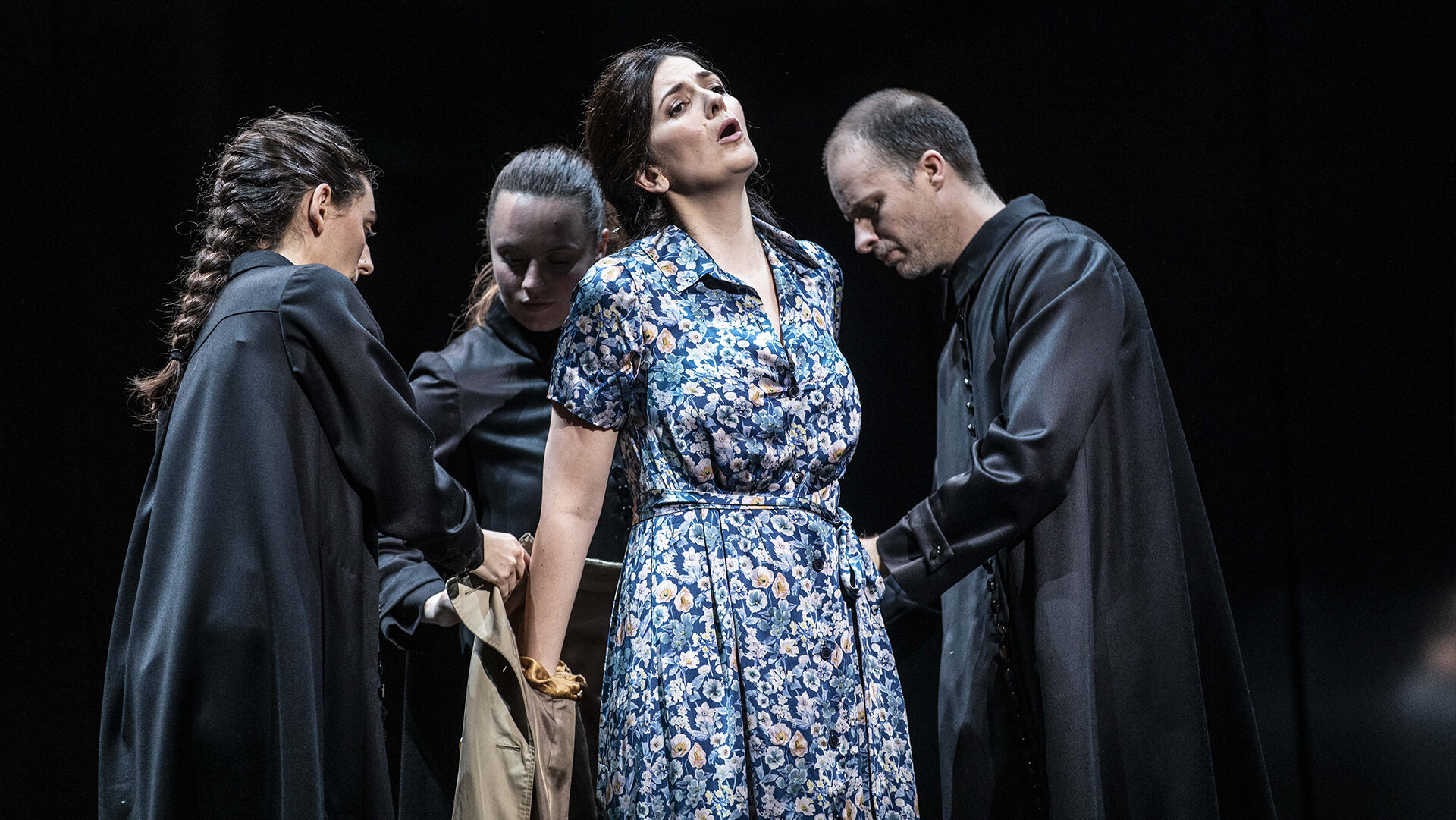
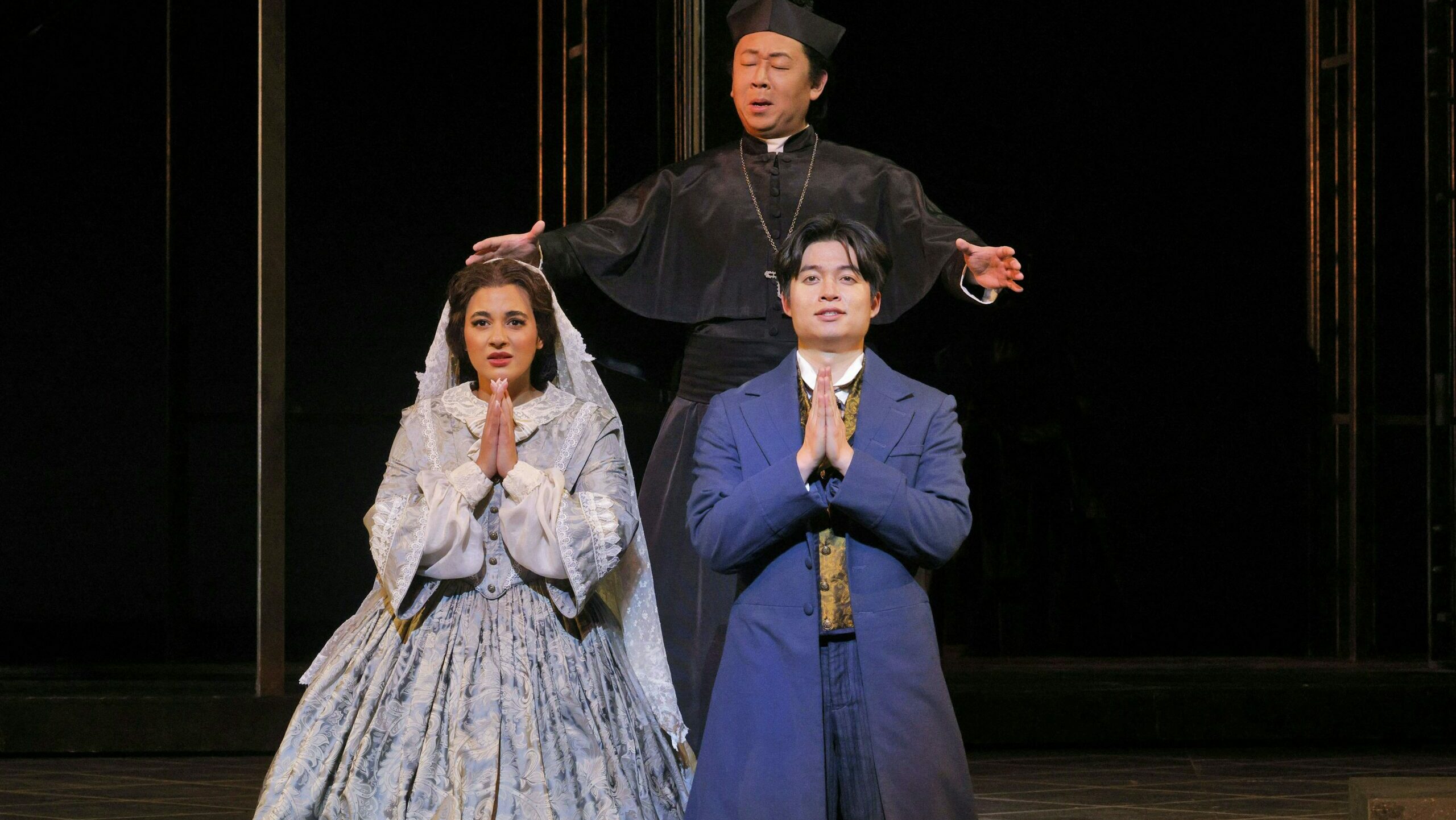
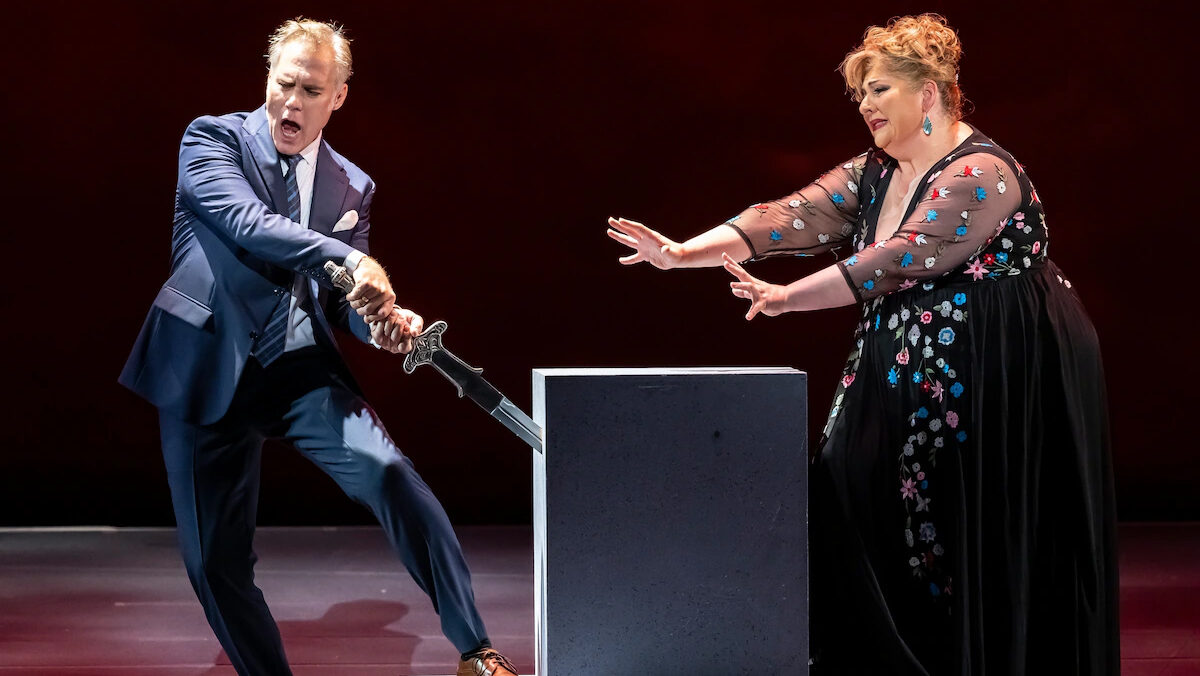
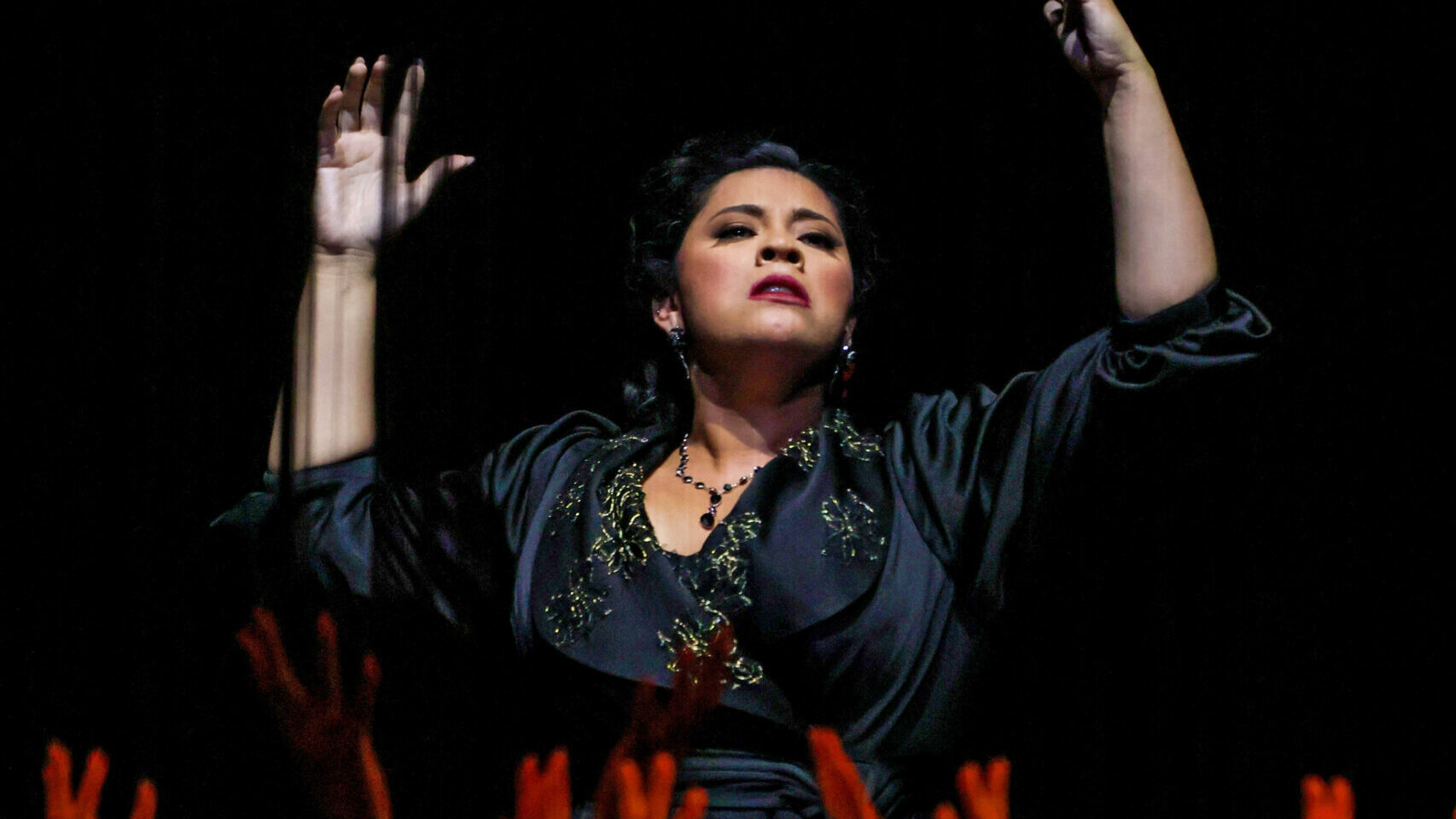
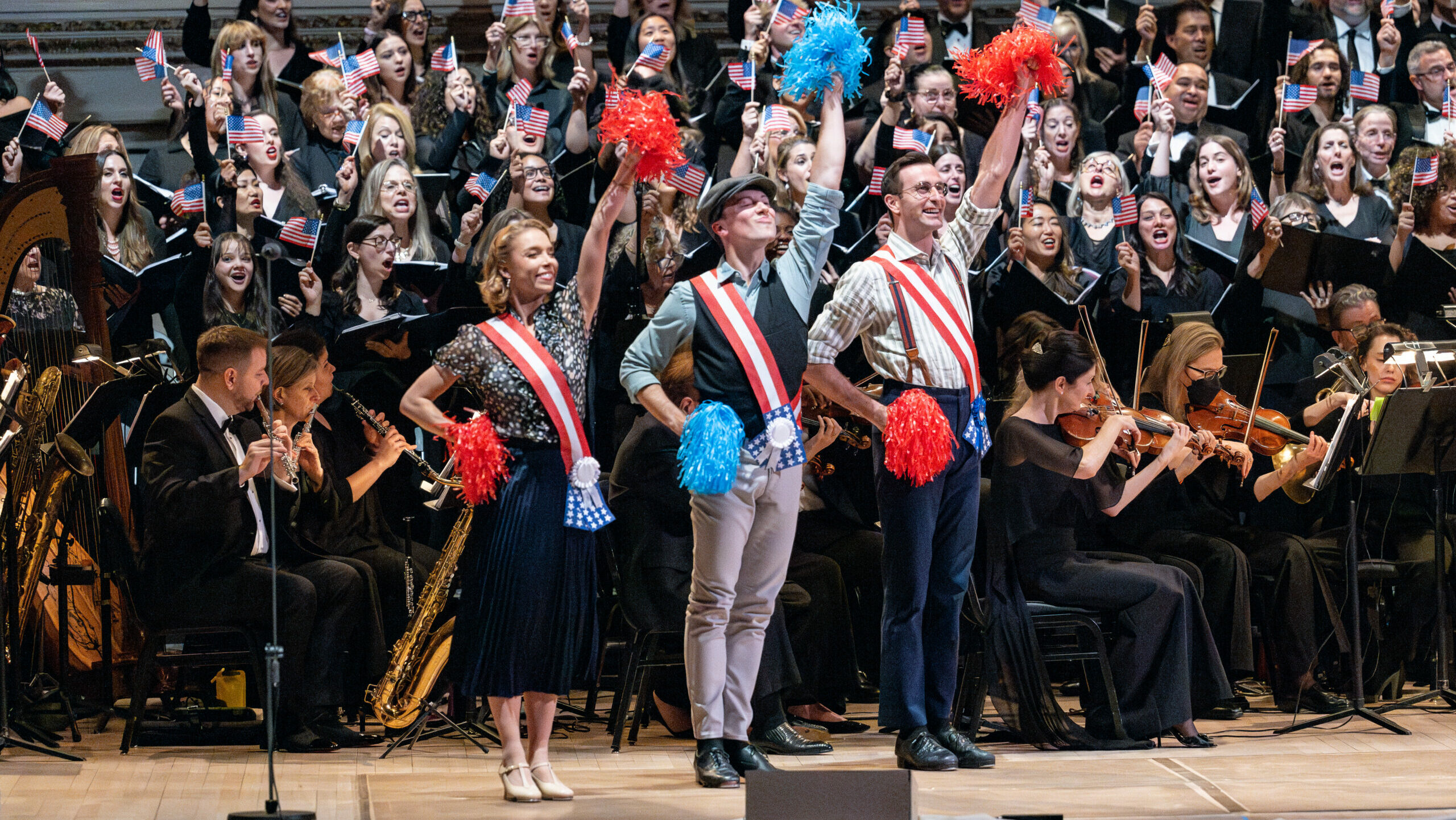
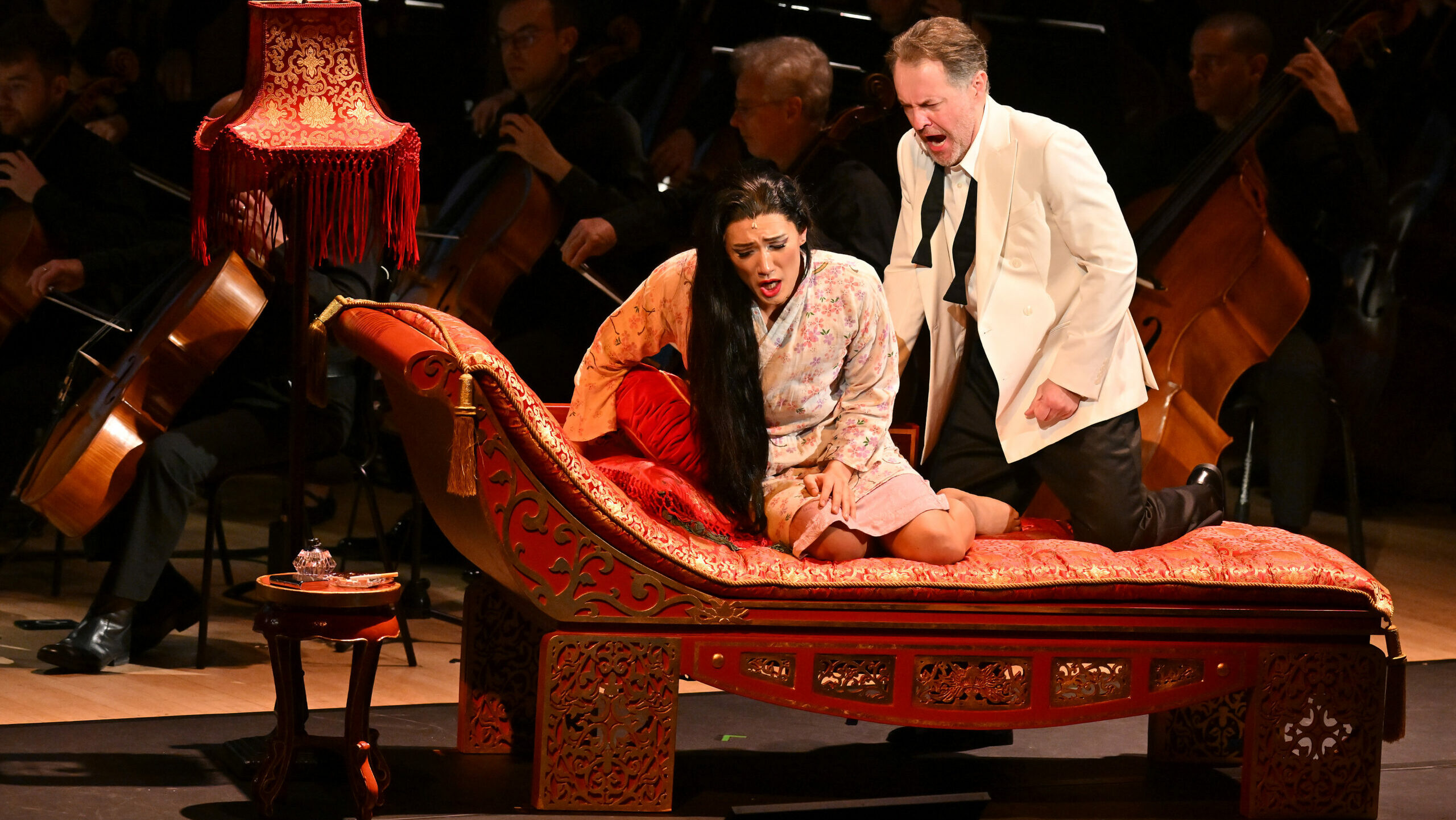
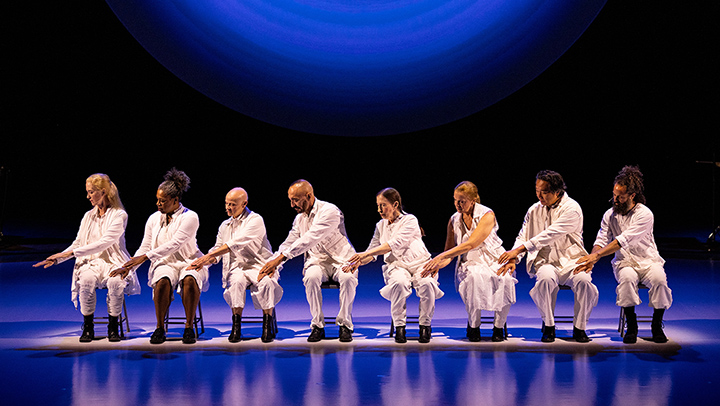




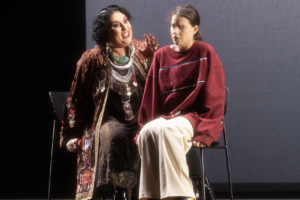

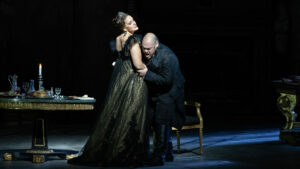





Comments